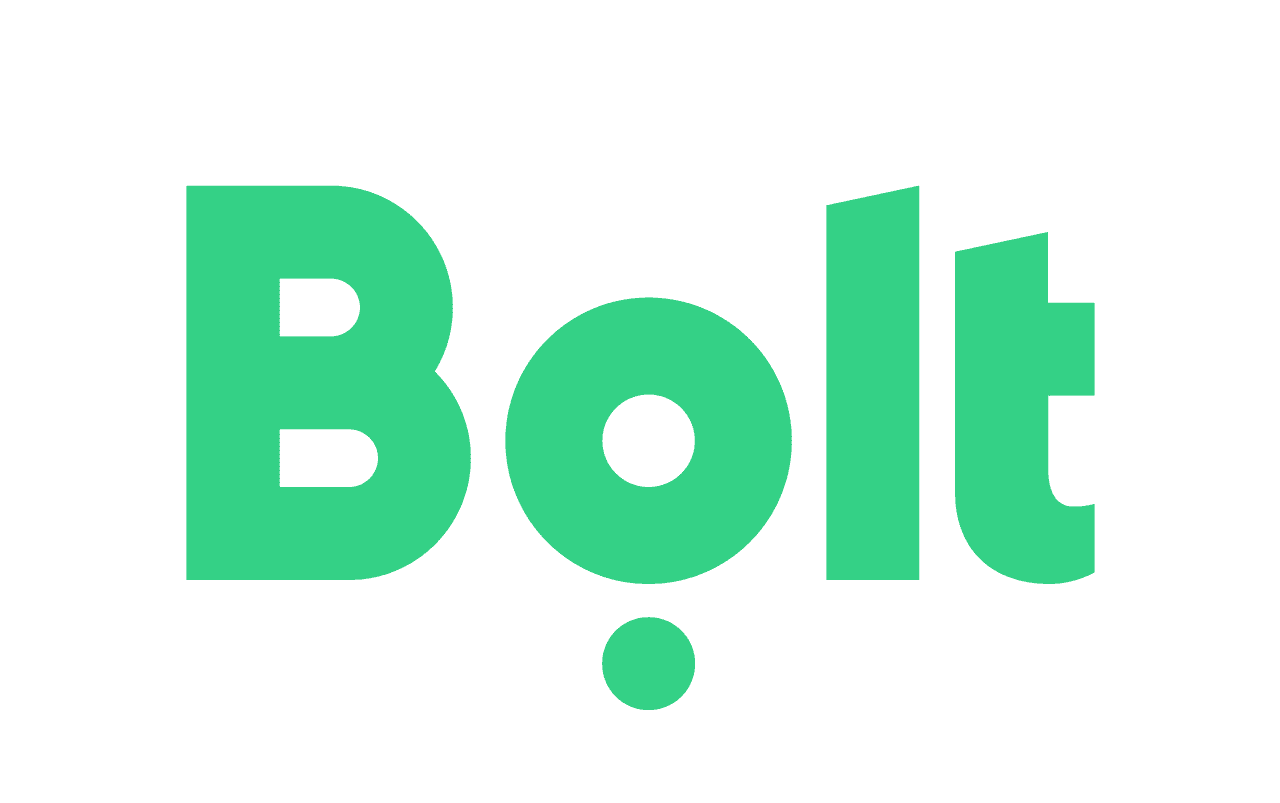Start-up Series 102 - Building a Solid Foundation
14th, June 2023

The Importance of Integrating a Business Model, Business Model Hypothesis and Business Model Canvas in Product Management
Understanding and managing a wide range of difficulties is necessary when starting a business or creating a product, including legal, financial, sales and marketing, liability protection, resources, and many others.
Startups are really a voyage into the unknown; and as such, business owners must feel at ease taking on ambiguity, uncertainty, and a variety of problems as there are many product development stages involved in taking a product from the initial concept or idea to its final launch. There are many success stories of early-stage startups developing into multi-billion dollar businesses and products, such as Amazon, Facebook, Tesla, WhatsApp, Airbnb, and so many others. It takes these characteristics to develop a product or business into a multi-billion dollar business.
A startup's success is closely related to its capacity to discover and validate a workable business model, comprehend client wants through customer development, and iterate on the product or service. This content examines how these fundamental ideas relate to one another and how they affect a startup's course.
For a startup to grow dynamically, the product managers present in the organization or company must take into account the steps needed to bring a product from conception to actual launch. The following section describes a few of the procedures that can be implemented in a company's product development and management stages.
Business Model and Business Model Hypothesis in Product Management
Business models give a product its purpose when it comes to business and entrepreneurship. To have an effective and well-selling product, you must first define its business model - your company’s plan for generating revenue. It defines a company‘s conceptual structure to create, deliver, and capture value in economic, cultural, and social contexts.
A business model is a broad strategy for how your firm will sell and function. In actuality, it refers to the fundamental components of each and every firm, such as the value proposition, the processes, the target market, the offers, the strategies, the organizational structure, and the operational and political procedures.
Let's examine Bolt, one of the top mobility platforms in the world, from the perspective of its business model.

According to Sai Sandhya, 2023, the app Bolt provides a number of mobility-related services, such as food delivery, ride-hailing, e-scooter rentals, and car leasing.
"A peer-to-peer car-sharing service that connects car owners with those who need temporary transportation. By streamlining the rental process, the platform allows owners to profit from their idle vehicles while providing renters with access to affordable and useful transportation options. Revenue is produced through a commission-based business model, in which the platform retains a percentage of each rental transaction. This example illustrates Bolt Nigeria's business strategy and hypothesis.
Commissions, e-scooter and automobile rentals, software subscription fees, and franchising fees are all ways that Bolt generates revenue. (Sai Sandhya, 2023.)
In order to achieve the predetermined goals, the product or service to be marketed must be identified, along with the target market for it and the anticipated costs associated with its manufacturing and distribution. "A business model is supposed to answer who your customer is, what value you can create/add for the customer, and how you can do that at reasonable costs," said Master Peter Drucker.
To implement a business model, a business model hypothesis is required. We need to understand the importance and components of a business model before venturing into one.
The original expectations and assumptions a company has about its essential elements and how they will interact to provide value, make money, and ensure sustainability is referred to as the business model hypothesis.
The purpose of developing a business model hypothesis is to ascertain if the chosen business model will prove successful or unsuccessful and to guide the subsequent actions that the company should take in light of that information.
Alexander Osterwalder developed a framework that can help with the creation of a business model hypothesis, this framework is called a business model canvas.

The diagram above depicts the relationship between a business model, a business model hypothesis, and a business model canvas.
This business model canvas is a one-page illustration or strategic planning tool used by product managers to develop their business models. A more detailed diagram is shown below.

To avoid confusion, let's run through it again. A business model hypothesis refers to the initial assumptions and beliefs about how a product will create, deliver, and capture value in the market. To implement a business model hypothesis, we would need a tool - the business model canvas.
It lays out the key elements of a business, such as the target customers, value proposition, revenue streams, and cost structure. Product managers use the business model hypothesis to guide their decision-making and validate the viability of their product.
In the next Start-up Series, we shall be analyzing the different key elements that are connected to the business model, business model hypothesis, and business canvas. Stay tuned…